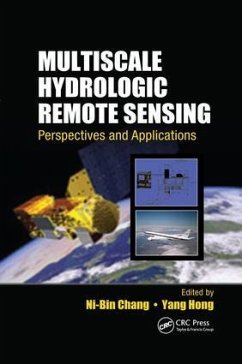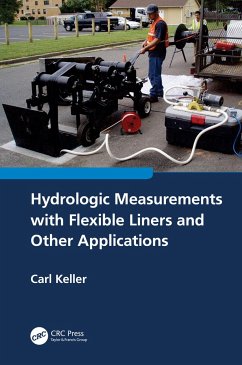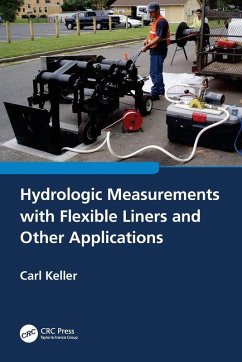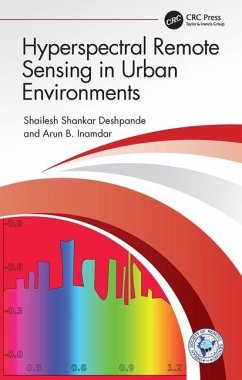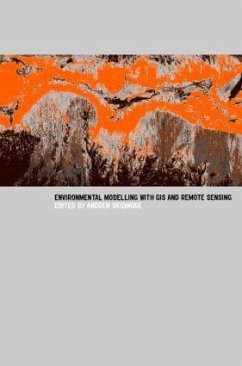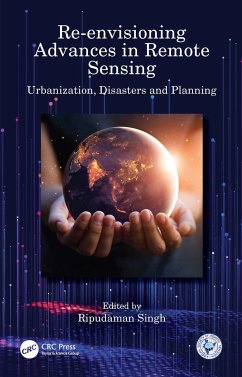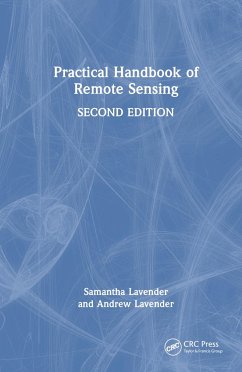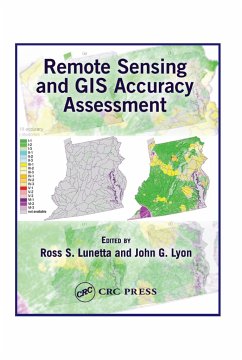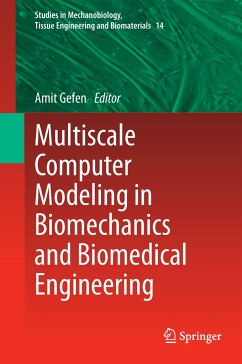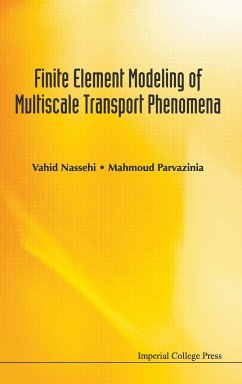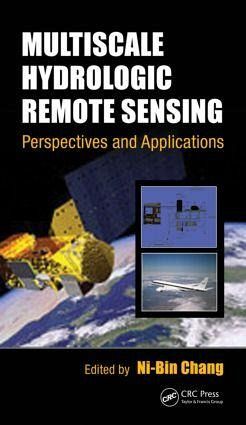
Multiscale Hydrologic Remote Sensing
Perspectives and Applications
Herausgeber: Chang, Ni-Bin; Hong, Yang
Versandkostenfrei!
Versandfertig in 1-2 Wochen
238,99 €
inkl. MwSt.
Weitere Ausgaben:

PAYBACK Punkte
119 °P sammeln!
Multiscale Hydrologic Remote Sensing: Perspectives and Applications integrates advances in hydrologic science and innovative remote sensing technologies. Raising the visibility of interdisciplinary research on water resources, it offers a suite of tools and platforms for investigating spatially and temporally continuous hydrological variables and processes. Illustrated in color, this book examines components in the hydrologic cycle with a range of space and time scales. Organized into five parts, it explores hydrologic remote sensing at the local, urban, watershed, and regional scales, as well...
Multiscale Hydrologic Remote Sensing: Perspectives and Applications integrates advances in hydrologic science and innovative remote sensing technologies. Raising the visibility of interdisciplinary research on water resources, it offers a suite of tools and platforms for investigating spatially and temporally continuous hydrological variables and processes. Illustrated in color, this book examines components in the hydrologic cycle with a range of space and time scales. Organized into five parts, it explores hydrologic remote sensing at the local, urban, watershed, and regional scales, as well as the continental and global scale. Contributors address questions such as What are the local, watershed, and regional differences in soil moisture and evapotranspiration when using different measurement methods and models? How can we fit the scenarios of global warming potential and the remote sensing products of snow water equivalent into hydrologic modeling to address the changing flood and drought conditions in a watershed? How can we fuse the images collected by different satellites to improve the accuracy of predictions at the global scale? Tackling these and many other topics, the book presents new techniques and methods for spaceborne, airborne, and ground-based measurements and mathematical modeling. It also discusses remote sensing image processing tools and features a wealth of real-world applications and case studies. This book is a useful reference for students, professionals, scientists, and policy makers involved in the study of global change, hydrologic science, meteorology, climatology, biology, ecology, and the agricultural and forest sciences. It shows how hydrologic remote sensing technologies can be used more effectively to explore global change impacts and improve the design of hydrologic observatories.





